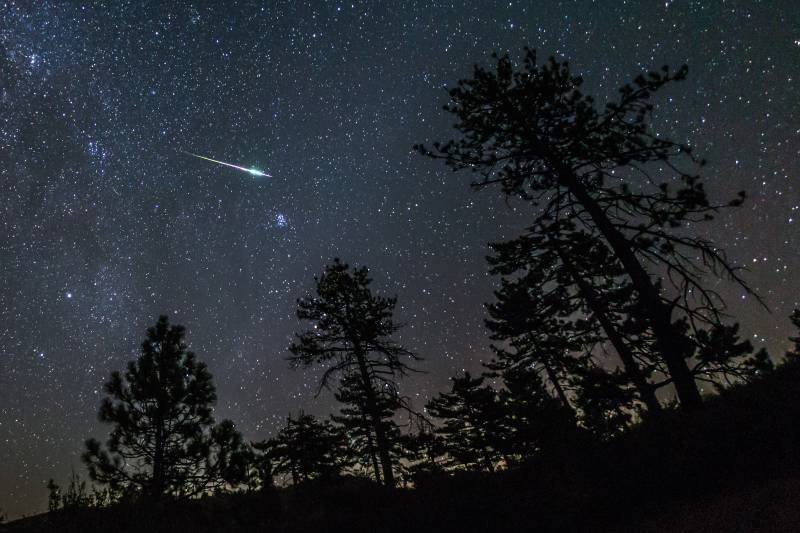Where to look in the sky to see the Perseid meteor shower
If you’re heading out to see the meteor shower, be prepared to be outdoors for at least a few hours. Bring a reclining chair or a blanket to lie on for comfort. Dress warmly as temperatures can drop at night, even in summer. Make sure to check the weather forecast — clear skies are essential for optimal viewing.
Once you’re situated, allow your eyes to adjust to the darkness for about 20–30 minutes and avoid looking at your phone or any other bright lights, as this can reduce night vision.
Look towards the northeast horizon, where the constellation Perseus will be rising, and enjoy the show.
What is a meteor shower?
A meteor shower occurs when Earth passes through a stream of debris left behind by a comet or, in some cases, an asteroid. As Earth moves through the debris, these particles enter our atmosphere at high speeds and burn up, creating striking streaks of light.
The Perseids are named after the constellation Perseus, the point from which the meteors appear to radiate, and are fragments of the comet Swift-Tuttle. This comet last passed near Earth in 1992 and won’t return until 2126.
A version of this story was originally published on July 27.

